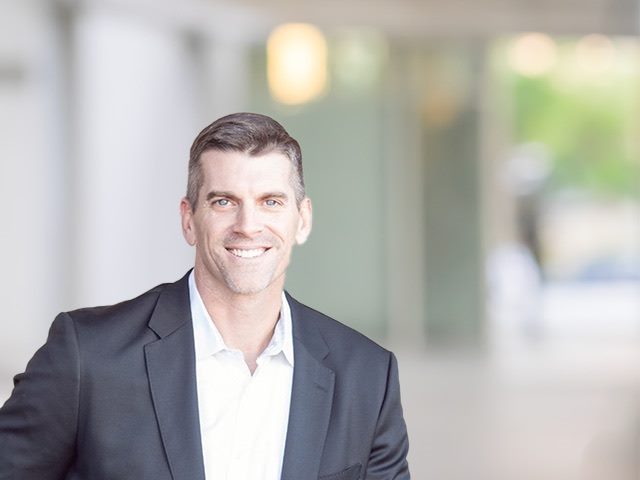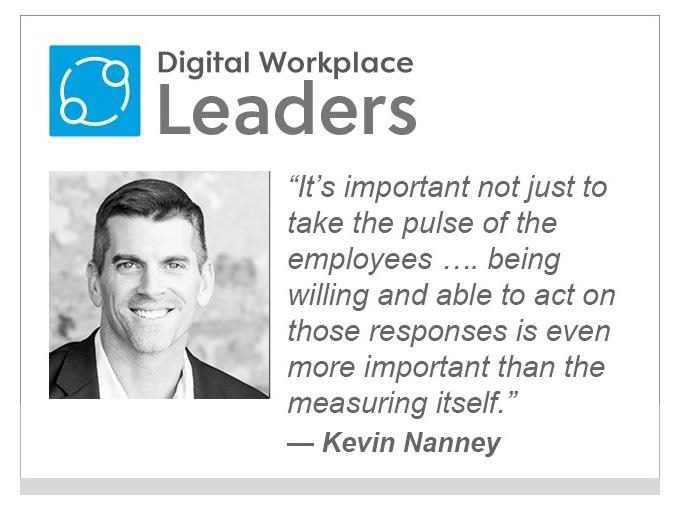Kevin Nanney (Kevin Nanney) is a former basketball player. Although basketball is plagued by injuries, it is still an important part of his life, especially because of the lessons that basketball has taught him on the court, his career, and his current position at ServiceNow.
“Basketball is what made me graduate from college; I got a full scholarship. I like it very much! I still think you have to understand your role in the team,” Nanni said. “What role do you play in hoping to win the game? How do I contribute to the work of the team? Am I a leader? Do I want to be a coach? My understanding of how different parts of the team unite together is my favorite of.”
Nanney is now the senior director of ServiceNow, and his responsibilities include products, people, strategy, vision and execution. ServiceNow is the sponsor of Simpler Media Group’s digital workplace experience, which is a free online event, held on October 13th and October 14th. Nanney’s colleagues, David Reed, Senior Director of Global Talent Care and Technology, and Robert Teed, Vice President of Corporate Services, will speak at the event. Nanney spoke with SMG to discuss the organization’s preparation for the digital workplace, the role of culture in the digital workplace experience, and ideas on measuring success.
Preparing for the digital workplace: relieving anxiety
Simpler Media Group: How do you prepare to organize a digital workplace?
Kevin Nanney: Different from our past conversations. We have a complete set of products for customer success on the IT pillar-for our customers’ customers. However, internally, we also have a huge employee workflow plan. A year ago, the focus was on how to improve employee satisfaction so that they can get what they need. How do they feel attached? Now that the workplace itself has become the focus of attention, how do we attract labor and how to prepare them for the new digital workplace? Many of these are to identify and relieve anxiety. Especially with COVID-19 related issues, how can we grasp the pulse of employees? When they return to the office, how do we determine the type of experience they want?
SMG: What do you think is the “ideal” digital workplace experience? How is this different from the service provided by the organization?
Nanni: I think the “ideals” are different across industries. In IT, manufacturing health care, etc., the ideal situation looks different, but I think the commonality is to know where to get any information you need, and then quickly act on that information. I have seen this when working with so many customers and have seen the different digital workplace plans that companies are trying to implement, of course, for some people, this is not a priority. Some people are now focusing on other priorities, such as supply chain or logistics, but I think it depends on knowing where to get the required information and then making it happen quickly. For example, where to find someone, where to book a desk, and where to submit an IT ticket.
I can only represent where I have worked, but here, at ServiceNow, I think we have done a good job in this area. All our employees know where to go! Many customers are working towards this goal because they understand that it is important to employees-if the problem is IT, a personal problem or anything, the basic principles should not be changed. Knowing where to go and how to do it is important. Send it to a department or individual who can help solve the problem.
SMG: What is the relationship between culture and a good digital workplace experience?
Nanni: I think good experience brings inspiration to culture; it makes productivity higher. People are not wasting time. Then, the technology or platform becomes the communication channel.
For example, consider an employee service portal where they can purchase equipment, ask questions or obtain information from HR. They started using it as a launch pad for other things. If they have this information and access rights, then the culture will change. Because information and access to information are more open, people will feel more comfortable. They spend time doing work, not looking for answers to questions. At the same time, it is more open and safer. People will ask: “What about bonuses?” Or ask about benefits, and so on. It’s personal. If you don’t need it, you don’t want to ask these people around. Therefore, it makes you feel connected to the larger organization because you know where to go.
After measuring the problem, all you have to do is
SMG: How do you measure the success of DWX? What metrics should you track, and why?
Nanni: The best measure of success is employee satisfaction, and you can measure it on multiple levels. You want to know whether people think they are part of a good culture and are they satisfied? Do they have a good work/life balance? Are they in touch? Behind all these questions, I think there are two basic principles: One is, “Does my company care enough about sending such surveys and measuring these things?” The second is, “Once they get the answer, what will they do? “
It is important not only to grasp the voice of employees, but I want to say that the willingness and ability to act on these responses is more important than measurement itself. It shows that the company really cares and shows that people are their greatest asset. People don’t leave the company. They leave because they have a bad relationship with their managers. They leave behind a bad culture. They don’t like being heard by others. Therefore, it is very important to engage in this interaction to connect them with something bigger than themselves.
Get a free digital workplace experience pass today.
#prepare #digital #workplace #Interview #Kevin #Nanney #ServiceNow
More from Source


